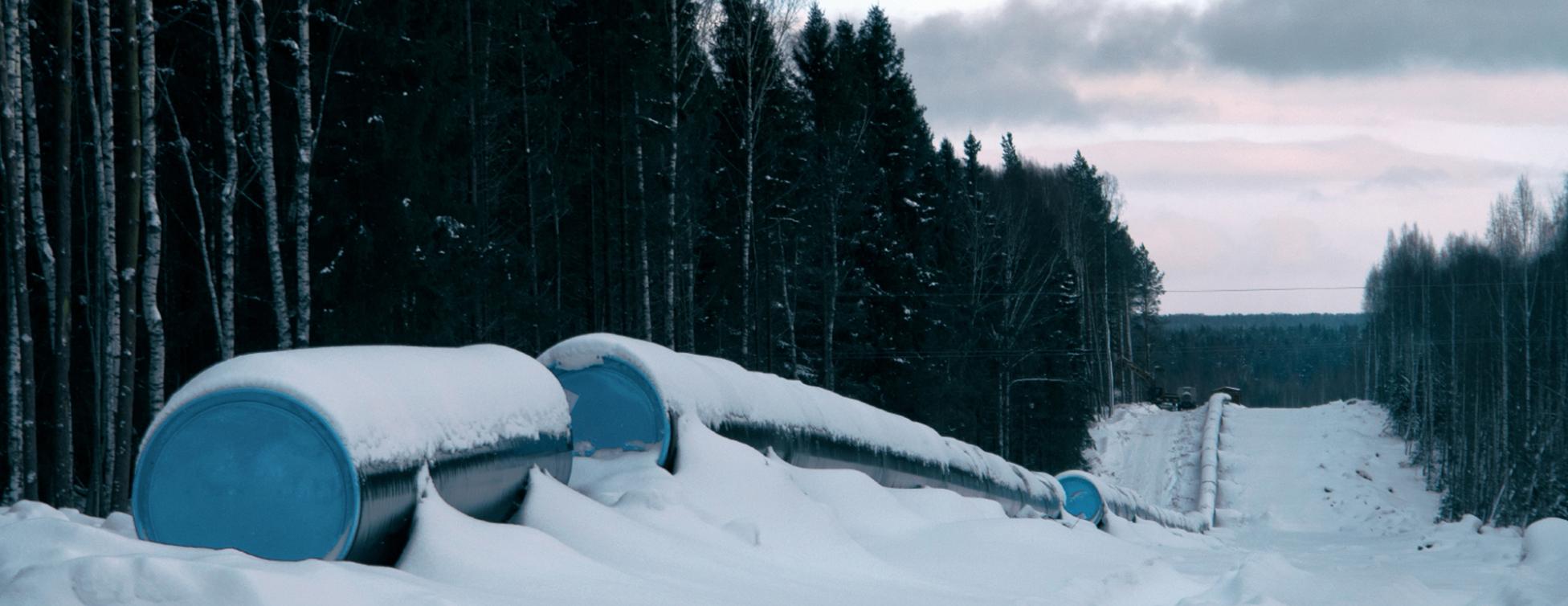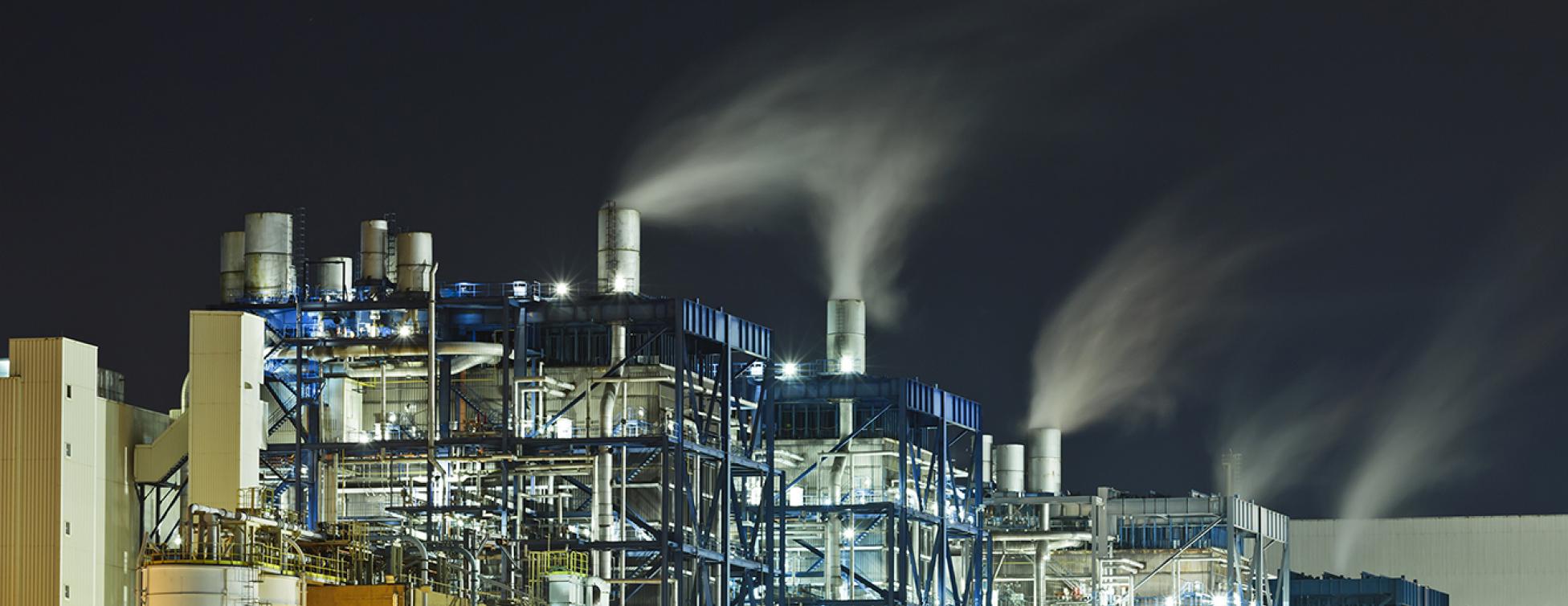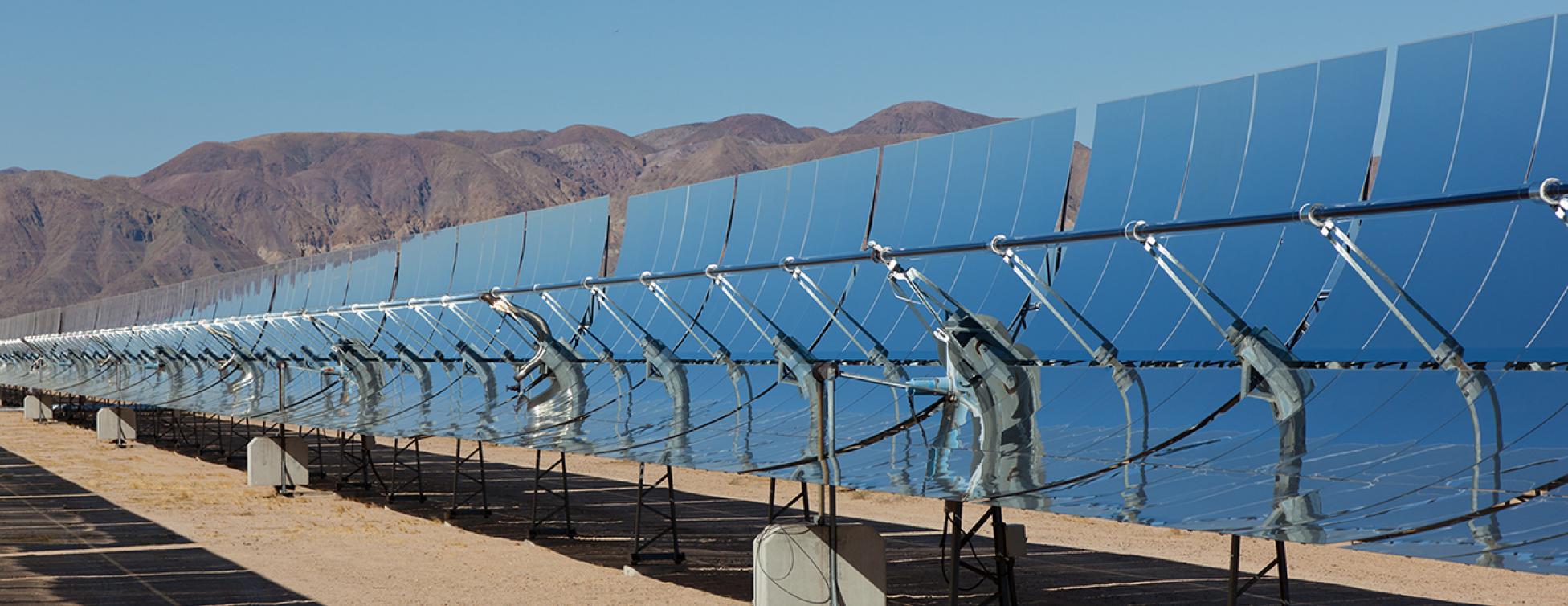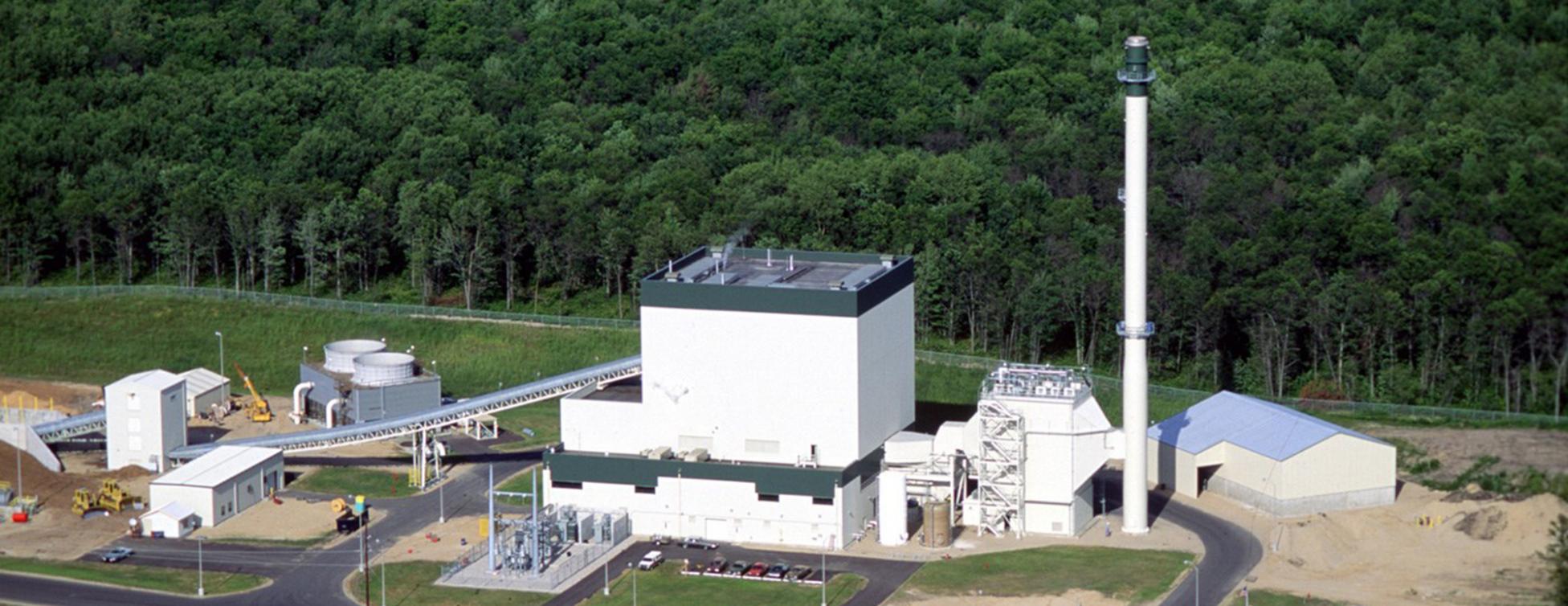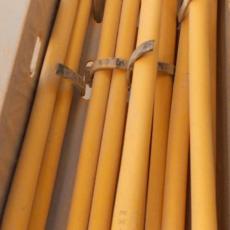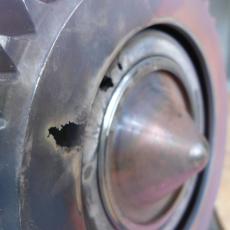May 2019
Dirt... and Fuel Gas
As background, one critical system in a power plant is fuel gas. Typically, every system is cleaned to a condition that is nearly spotless. This is especially true of fuel gas because it feeds the turbines and duct burners. EPR evaluated a plant that was physically very large. The fuel gas header was 1.5+ miles long, inside the plant downstream of the supplier custody-filters. The system changed elevations, had countless fittings, and pipe size changes. Clearly, this is a difficult system configuration to clean well for an inexperienced crew.
Prior to EPR being involved, roughly 50 warranty claims were raised against the EPC contractor that enumerated roughly 300+ failures of valves, flame scanners, regulators, and really anything in the system with a seat or rubber O-ring. The EPC contractor refused to address the issue on-the-whole with a proper RCA (root-cause analysis), instead dealing with each item as if unrelated.
The attached photographs tell the story. This system is so full of dirt and contamination that it's not defensible to indicate proper, or perhaps any, commissioning... Read more
No Savings. Contractor went through "motions" of cleaning system, just didn't!
Just in terms of Owner down-time for needless repairs this is millions of $'s. Parts, labor, etc...
Pillars of Salt & Sand (and Plastic)...
Piers are structural. This necessitates that they are installed correctly with every detail.
As with most construction defects, this is a simple problem of unskilled and unsupervised workers. The problem is compounded by a contractor culture that allows a QC program to run as a "paper" generating endeavor completely disassociated from the facts of field performance. In many cases, it's evident that there is no inspection. This is such a case...
Grout must be installed where to concrete conditions conform to the manufacturers recommendations to assure a strong bond between the materials (concrete and grout). Typically, this involves a rough surface, clear of debris, and free of any existing concrete surface coating, and similar.
Well, in this case, it's hard to imagine how these piers ended up with plastic trash being embedded at the bonding joint, among other concerns.
One certainty, there was no engaged contractor QC or owner involvement.
Essentially none...
In the future, the piers will need to be re-grouted as routine maintenance. Unknown cost.
Electrical Zip(less) Ties
Recently EPR evaluated a facility, which among other difficulty, suffered from a condition that is unusual but serious in that essentially all the nylon cable (zip) ties were defective. While the zip tie is a wonderful time saving and usually effective component widely used to affix electrical cables, it must remain unaffected by its environment to remain durable over time.
In this instance, the plant was less than two years old and located in a high UV zone. This defect was so severe that gently touching the installed tie would cause a brittle failure. The plant was littered with failed zip ties that had fallen from tray systems and cable installations.
One supplier used by the contractor indicated in the technical literature that the ties are compliant with NEC, meaning Nylon, UV, weather, seawater, and oil resistant type from Panduit /T&B or equivalent. However, those ties have failed almost universally. While some cursory research was performed on the ties, it is not clear exactly why the ties were brittle and failing, but they certainly all needed replacing. The real... Read more
Negligible material savings.
Contractor: Somewhat time consuming, especially in an operational plant. Owner: Outage events and unpredicatablity are hard to quantify, but even a single lost generation day is expensive.
Tickle Me Raw
A new greenfield plant was reviewed by EPR, 12 months post COD. The problems related to improper commissioning were extensive and will shorten the life cycle of all the major equipment, some of which was already apparent this early in operation.
One problem that seemed to vex the O&M staff was continual failures of some safety valves.
What was eventually discovered by EPR with the aid of a borescope was debris in the piping that upon disassembly would fall far enough back inside to be difficult to see. During operation, this debris would rub against the safety valve disks and erode a hole.
The objective of commissioning piping systems is to be certain, with verification, that no debris, mill-scale, or other contamination remains that can damage components. In this instance, the foreign matter was wire that was not flushed or blown out during cleaning.
The records created by commissioning for this system indicated all the proper steps and procedures were followed and verified. However, the reality was clearly different, and it was easy to conclude with certainty this... Read more
No cost, but perhaps a day or two of schedule.
Unknown. Replacement disks will need to be stocked and replaced until the systems can be cleaned up.



